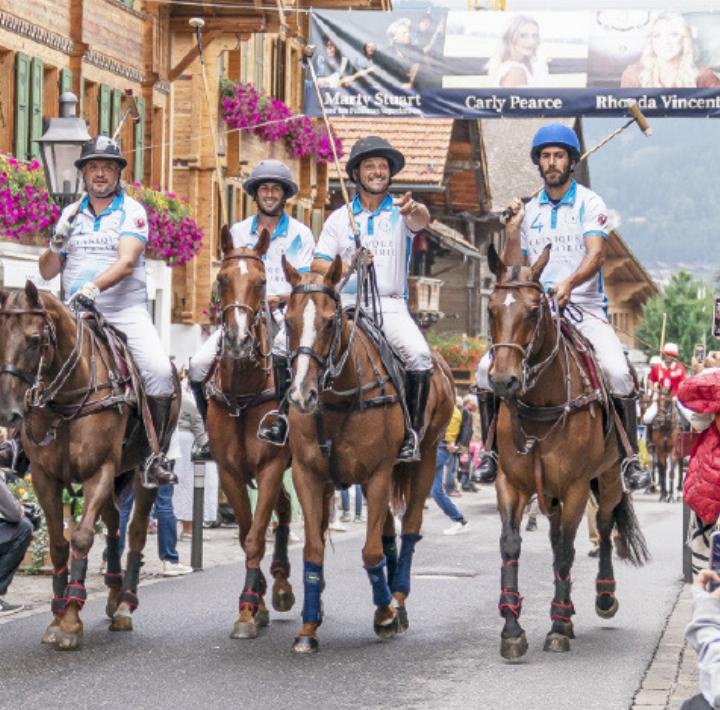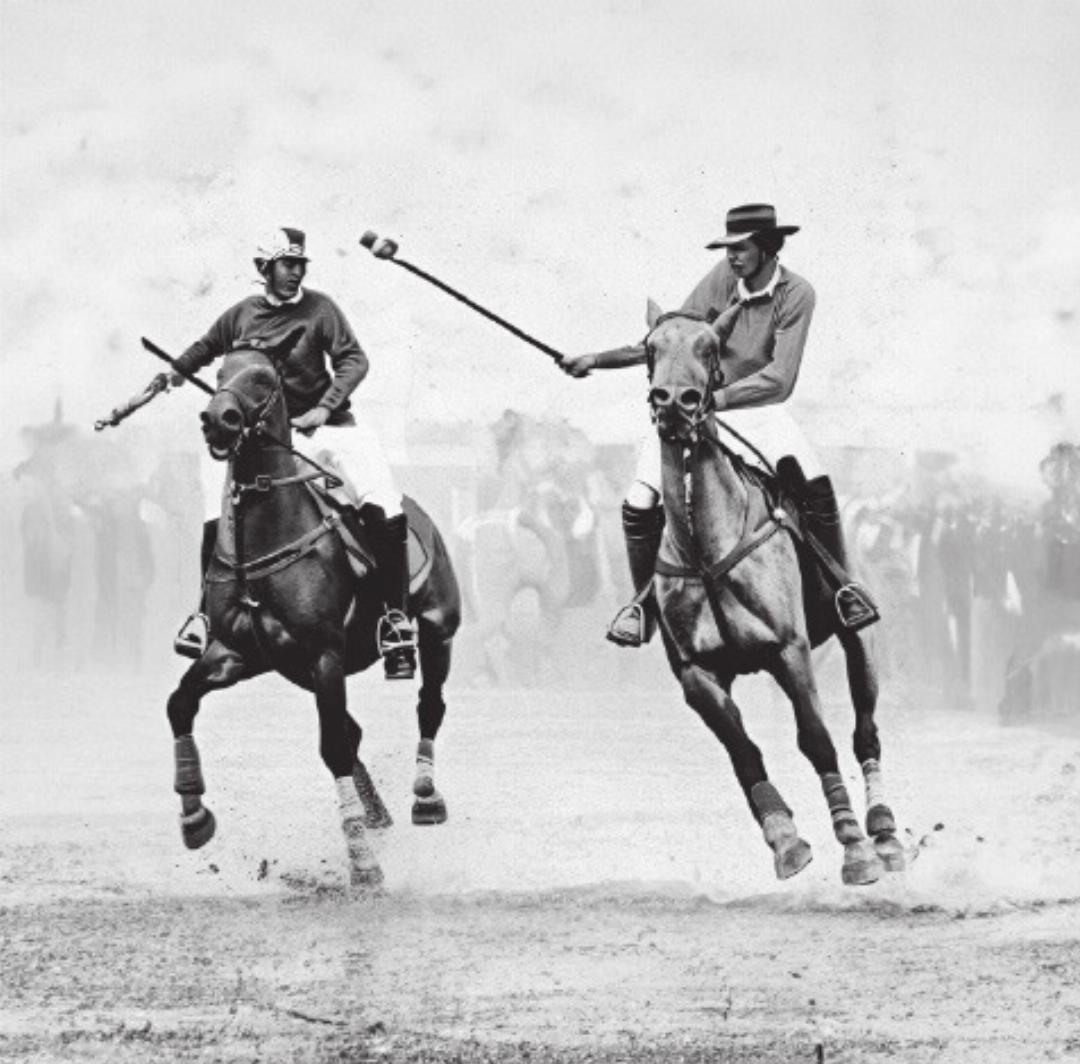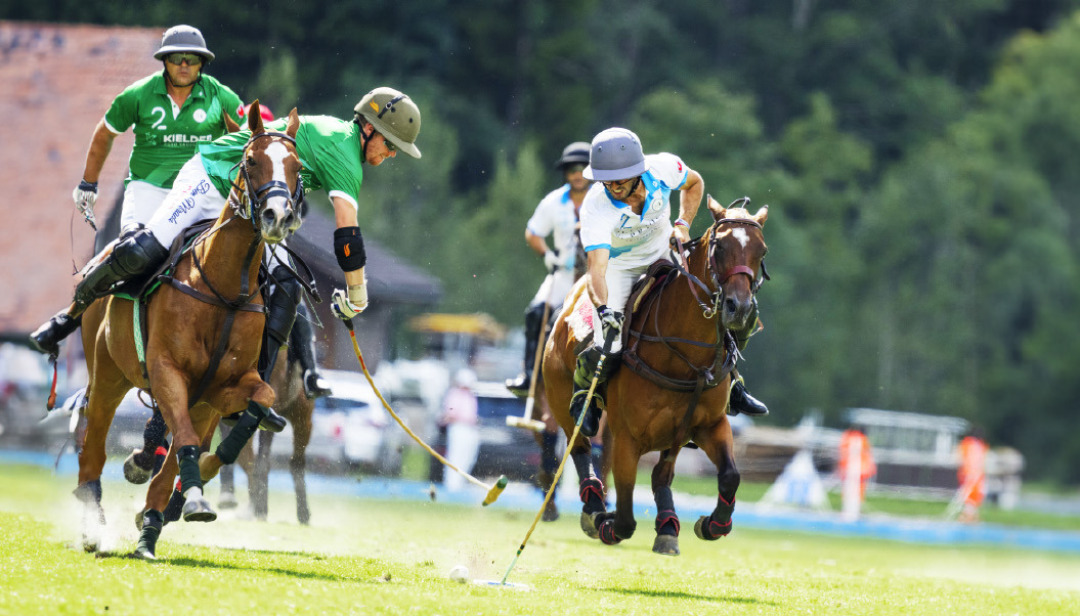How to watch Polo
14.08.2023 Sports & Leisure, Hublot Polo Gold Cup Gstaad , Luxury, Events, Sports & LeisureAs the nets of the Swiss Open are cast aside and the clamour of the volleyball crowds become a distant memory, Gstaad gets ready to welcome the polo. A sport with all the pomp and, at first glance, elitism as being “for the few”, it is the only summer event in town commanding ...
As the nets of the Swiss Open are cast aside and the clamour of the volleyball crowds become a distant memory, Gstaad gets ready to welcome the polo. A sport with all the pomp and, at first glance, elitism as being “for the few”, it is the only summer event in town commanding no entrance fee, making it very much “for the many”.
Polo can feel daunting to watch, especially if you have no idea what’s going on. But fear not! GstaadLife is here to help with this brief cut-out-and-keep guide.
History
Let’s give you a bit of background first.
Often dubbed “the sport of kings”, polo was born out of training exercises for the royal guard and elite cavalry troops in Persia 2,500 years ago, making it the oldest team sport in the world.
Played extensively by the nobility – both men and women (well done ancient Persia!) – it was considered something of a national sport, becoming one of the country’s finest exports, and spreading globally over the following centuries.
Its modern iteration is not only an international sport, but an expensive one too. Team owners – known as patrons – often fork out millions to breed, train and transport their ponies, and might be responsible for up to 500 at a time.
Then there are the inevitable costs of equipment, tournament entrance, medical expenses, club fees – and no doubt there’s a team Netflix subscription too.
And as much as we’re all dying to see an equestrian version of football, they also need people to operate these ponies – and the best players don’t come cheap.
Aim of the game
Much like in football or ice hockey, the teams score by getting the ball through the goal at the opponents’ end of the field. Each team consists of four players, imaginatively named positions 1, 2, 3 and 4, who each serve a specialist role.
Number one is your goal-scorer; two your box-to-box player; three your tactician; and four your bruiser and the last line of defence. A system of “handicaps” (much like in golf) makes it possible for mixed ability and mixed gender teams to play against each other.
The game is played in several 7-minute periods – those in the know refer to these as “chukkas” – which allow for short, sustained bursts of high-intensity play. This is what makes polo so thrilling to watch. Lulls in the action are followed by the sudden thundering of hooves as the players launch into action. Position yourself at the end of the field where the ponies rest between chukkas and you’ll see riders change mount as fluently as you might slip into the driving seat of your car.
And although you may not realise it when you see the horses galloping at speed, there is actually a right of way in polo. This is known as the “line of the ball” and protects the expensive players and their expensive ponies from an opponent scything across them at 50 kilometres per hour. If only there were more polo enthusiasts on the road.
Of course, players can pounce on a mis-hit ball, block a shot or simply nudge their way into a play, but they must be careful not to give away any penalties. Yes, there’s the dreaded word – penalties – the stuff of nightmares for the English football team.
And you’d have to be a pretty wily operator to avoid one in polo, as there are three arbiters of play: two horse-mounted umpires (dressed in natty black-and-white striped shirts) plus a groundside referee (known as the “third man”) who rules in the case of any dispute. No player can appeal for fouls and team captains are the only players who can raise questions with an umpire during a game. Many other sports could learn a thing or two from such orderly conduct.
Who will you be supporting?
The four entrants to this year’s competition are Team Hublot, Team Kielder Agro Group, Team Gstaad Palace and Team Gstaad. Comprising riders from different countries and continents it’s a multinational affair. But if you’re feeling particularly patriotic, you might want to cheer on the lone Swiss player Cedric Schweri in the Kielder Agro Group.
Hopp Suisse!
Why you should come along
It’s an experience for everyone … after all what’s better than a day out with the family? (And if that question makes you shudder, what’s better than a day out without the family?)
Fancy some window-shopping? Come gawp at the fancy cars parked along the airstrip.
Dazzle the other punters with your amazing new threads – not to mention your polo-appropriate shoes.
Can’t attend the matches?
Go to the parade instead.
On Friday 18 August at 16:00 the polo players will make their annual procession down the Gstaad Promenade. It’s a great way to scope out your favourites, and will give you and your children a chance to see the teams up-close. Itching for an ice cream binge? Well, what happens at the polo stays at the polo!
And as my parents never cease telling me: “you get out of life what you put in” – so come and join the festivities if only because it’s the place to see and be seen.
JOE MANNION
The Polo Gold Cup
runs from 17–20 August. For more details see www.polo-gstaad.ch







